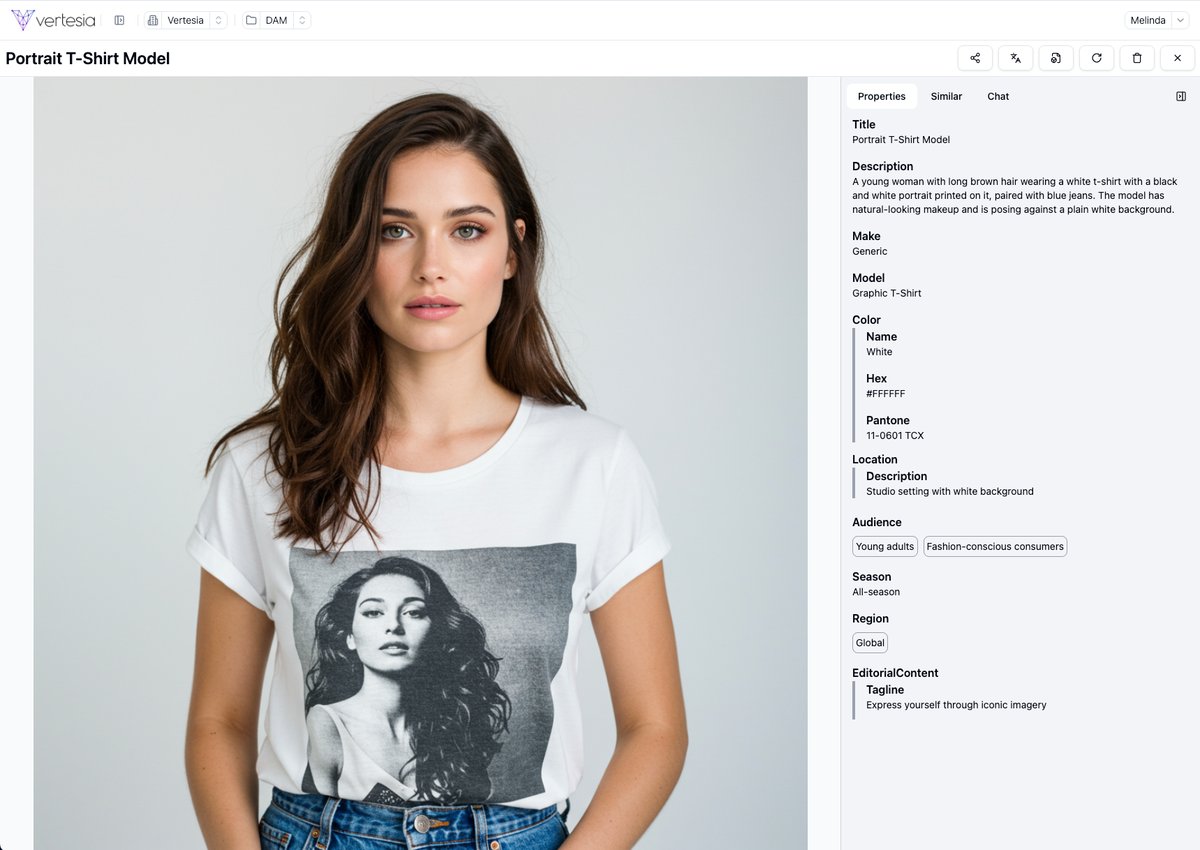Retrieval-Augmented Generation (RAG) is changing the game for enterprise generative AI (GenAI) by enabling large language models (LLMs) to retrieve precise, contextually relevant information. But retrieval is only as good as the data it pulls from. If content isn’t properly categorized and labeled at the outset, the “R” in RAG falls flat.
For text-based content, the preparation process is relatively simple—LLMs are built for language, so parsing and extracting meaning from text documents is their sweet spot. But most organizational data isn’t just text. Companies manage long-form documents with embedded images and graphs, videos full of critical visual cues, audio files rich with spoken context, and photographs carrying subtle yet essential details. Traditional LLMs often struggle with this variety of content, and even the most advanced RAG implementations can't retrieve meaningful insights from rich media without comprehensive, structured metadata.
Making matters more complex, digital assets are constantly flowing into organizations. Without a scalable, repeatable process for preparing and enriching this content with metadata from the start, the reliability and accuracy of GenAI outputs quickly erodes—undermining trust and limiting value.
An Age-Old Problem Meets a New Solution
Even before GenAI took center stage, enterprises faced mounting challenges around metadata enrichment, especially for digital assets. This gave rise to Enterprise Content Management (ECM) and Digital Asset Management (DAM) platforms, which were designed to bring order to asset chaos. At Vertesia, we’ve been deeply involved in that evolution. Our founder and executive team helped pioneer modern ECM and DAM to manage complex, multimedia content at scale.
When we launched Vertesia, we applied that same expertise to a new frontier: enabling GenAI to make sense of digital content. We quickly realized that content management isn’t just helpful for GenAI success—it’s foundational. That’s why we built an AI-powered engine to automate the asset intake process from end to end. In other words, we’re using AI agents to automate automation itself—right at the point of entry. To date, we’ve filed five patent applications for our methods of working with complex documents and rich content.
Our platform doesn’t just collect content; it transforms assets into AI-ready resources.

The Power of the Semantic Layer: Structuring Content for Retrieval
At the heart of our approach is something we call semantic layering. This process enriches raw content by structuring, categorizing and describing content in ways that GenAI models can understand and use effectively. The result is deeply enriched, context-aware content that makes retrieval more precise and meaningful, and is the foundation for generative capabilities.
We take a hybrid approach to content processing because every page—and every piece of content—is different. One page might be dense with text, another image-heavy, and another a mix of both. Each element is processed individually using the best-fit method. For example:
- Text-heavy pages are parsed and structured using natural language processing (NLP) techniques.
- Image-based pages are analyzed using computer vision and vision-language models (VLMs) to generate descriptive captions.
- Tables are identified and normalized for GenAI models to understand their structure.
- Poorly OCR’d (optical character recognition) documents are identified and reprocessed to ensure accuracy.
The result is an XML-based structure that preserves content hierarchy and relationships. (XML is short for Extensible Markup Language, it's a markup language used to store and transport data in a structured way.) This is critical because XML helps GenAI models maintain formatting and context — especially for challenging content like tables, charts, and nested components. These aren’t just cosmetic improvements; they directly impact the quality of answers generated by GenAI.

Our platform also allows for customization by enriching content with metadata that aligns with an organization’s existing taxonomy. Rather than training or fine-tuning language models, organizations can create and manage domain-specific metadata, such as product IDs, brand colors, or proprietary terminology. These structured labels make it easier for models to retrieve, interpret and repurpose content in ways that are relevant to a specific business.
Why Semantic Layers Matter for LLMs
Converting PDFs and other unstructured formats into XML provides structure and meaning to content that LLMs otherwise struggle to interpret. XML preserves essential relationships, like the connection between a chart and its caption or the layout of a multi-column table. By layering in semantic tags, we make it easier for LLMs to extract insights accurately and reliably.
That’s why Vertesia doesn’t just prepare your content for GenAI—we prepare it for success. Our semantic layering approach doesn’t just boost retrieval performance. It enables organizations to move faster, trust outputs more deeply, and deliver GenAI apps that actually work in real-world enterprise environments.
Laying the Foundation for Scalable GenAI
Our research shows that preparing content for GenAI takes three to six months—and that’s before organizations even begin building the infrastructure for the GenAI solution itself, which can take another three to six months. With Vertesia, that timeline shortens dramatically. Our AI agents automate intake, metadata labeling, and structuring from day one, allowing organizations to shift from experimentation to execution much faster.
By preparing digital content at the point of intake, Vertesia not only improves the quality of GenAI outputs but accelerates the entire RAG pipeline. The result? Smarter, more scalable GenAI-powered applications—and a faster path to enterprise-wide GenAI value.
Once the foundation is laid, the possibilities are endless, and business value can be achieved across the enterprise. Explore a sample of our enterprise generative AI-solutions.
If GenAI is going to deliver on its promise, it must move beyond pilots and into production at scale. That’s only possible when organizations have a solid foundation of structured, retrievable content. Vertesia’s AI agents make that foundation possible—speeding time to value and unlocking a future where GenAI apps aren’t just powerful, but practical.
Don’t just take our word for it. Watch a demo of the Vertesia platform in action.